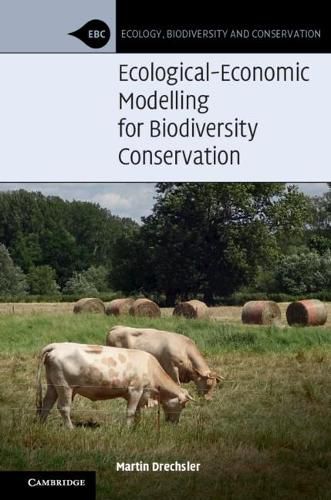Readings Newsletter
Become a Readings Member to make your shopping experience even easier.
Sign in or sign up for free!
You’re not far away from qualifying for FREE standard shipping within Australia
You’ve qualified for FREE standard shipping within Australia
The cart is loading…






Ecologists and economists both use models to help develop strategies for biodiversity management. The practical use of disciplinary models, however, can be limited because ecological models tend not to address the socioeconomic dimension of biodiversity management, whereas economic models tend to neglect the ecological dimension. Given these shortcomings of disciplinary models, there is a necessity to combine ecological and economic knowledge into ecological-economic models. Gradually guiding the reader into the field of ecological-economic modelling by introducing mathematical models and their role in general, this book provides an overview on ecological and economic modelling approaches relevant for research in the field of biodiversity conservation. It discusses the advantages of and challenges associated with ecological-economic modelling, together with an overview of useful ways of integration. Although being a book about mathematical modelling, ecological and economic concepts play an equally important role, making it accessible for readers from very different disciplinary backgrounds.
$9.00 standard shipping within Australia
FREE standard shipping within Australia for orders over $100.00
Express & International shipping calculated at checkout
Ecologists and economists both use models to help develop strategies for biodiversity management. The practical use of disciplinary models, however, can be limited because ecological models tend not to address the socioeconomic dimension of biodiversity management, whereas economic models tend to neglect the ecological dimension. Given these shortcomings of disciplinary models, there is a necessity to combine ecological and economic knowledge into ecological-economic models. Gradually guiding the reader into the field of ecological-economic modelling by introducing mathematical models and their role in general, this book provides an overview on ecological and economic modelling approaches relevant for research in the field of biodiversity conservation. It discusses the advantages of and challenges associated with ecological-economic modelling, together with an overview of useful ways of integration. Although being a book about mathematical modelling, ecological and economic concepts play an equally important role, making it accessible for readers from very different disciplinary backgrounds.